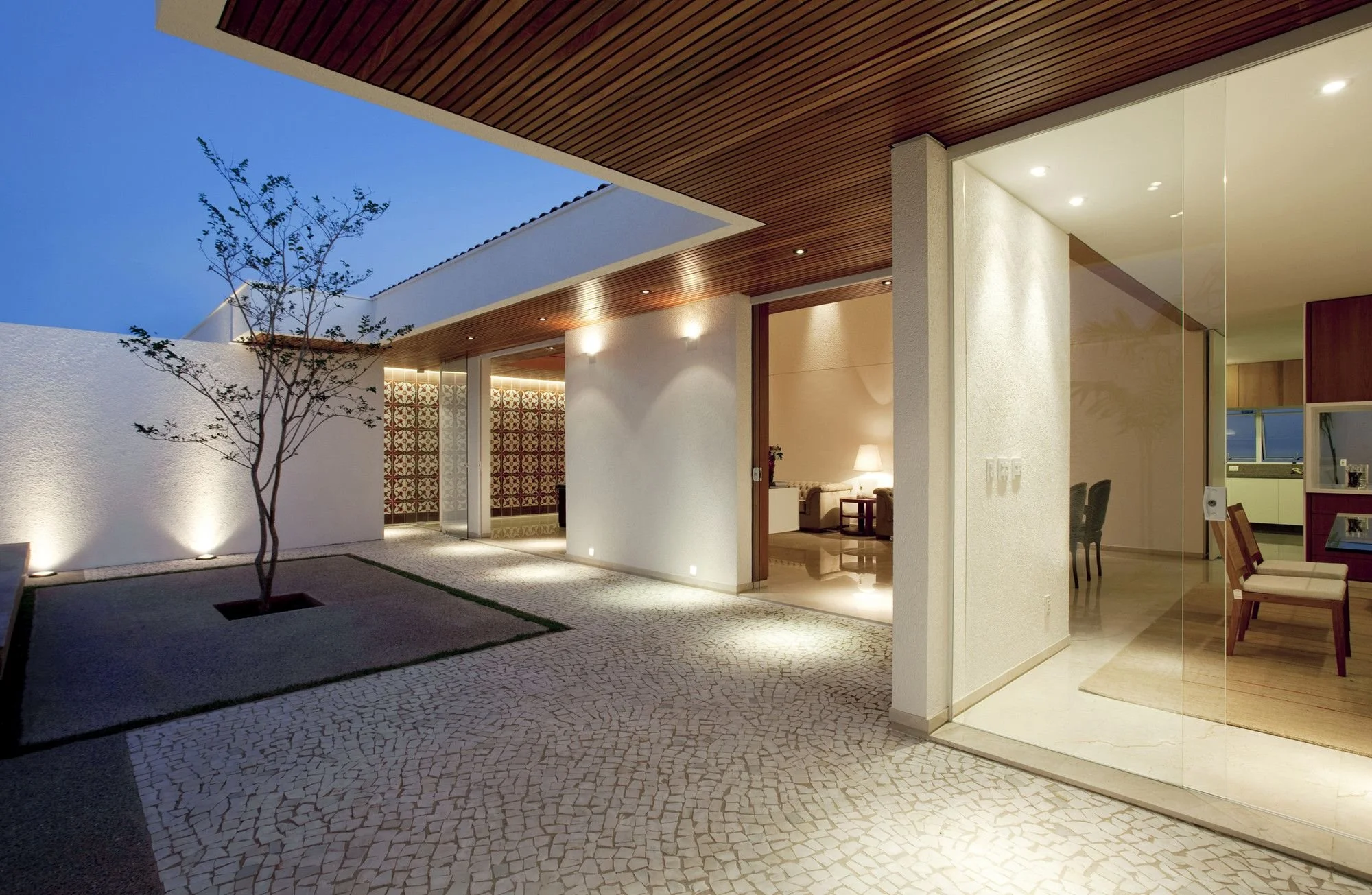The integration of living plants into both interior and exterior spaces has become a defining trend in modern home design. More than just decorative elements, plants serve as natural air purifiers, emotional support features, and key components in sustainable living environments. With the growing focus on wellness, mental health, and eco-friendly living, incorporating plants into a home’s design is an essential consideration for anyone looking to create a harmonious and inviting space.
One of the most important benefits of incorporating plants into a home is their ability to improve indoor air quality. Many common houseplants can remove toxins such as formaldehyde, benzene, and carbon monoxide from the air, creating a healthier living environment.
All plants are not created equal. There are certain types of plants that help with certain types of air purification or other functions. For example, the Snake Plant (Sansevieria) is known for its ability to release oxygen at night, making it ideal for your bedroom. While the Peace Lily (Spathiphyllum) is effective at filtering toxins and improving your air humidity level at any time of day, so feel free to spread these around your entire home. Other favorites are the Aloe Vera, Spider, and Rubber plants, all are stellar at removing harmful toxins from the air. The Spider plant is also pet friendly, and as we all know, the Aloe Vera plant when broken open has a gel that can soothe burns and assist with your skincare routine.
The presence of greenery has been scientifically proven to reduce stress, boost mood, and enhance overall well-being. Plants contribute to a calming atmosphere and can be incorporated into interior design to create serene, mindful spaces. Studies show that interacting with plants lowers cortisol levels and promotes relaxation. Greenery in workspaces has been linked to higher concentration and efficiency, improving your work-from-home productivity. Caring for plants fosters a sense of responsibility and present-moment awareness, creating a sense of mindfulness and empathy that we all know the world is craving right now. And certain plants, like lavender and jasmine, emit fragrances that promote better sleep and are calming.
Architects and designers are increasingly incorporating biophilic design principles, which prioritize the connection between indoor spaces and natural elements such as sunlight, water features, and plant life, into their residential and commercial designs.Below are a few images from one of our modern luxury homes showcasing how plants can be integrated into the interior design for a pop of color and added texture to a space.
There are plenty of ways to incorporate plants into your home design, we have seen everything from rooftop gardens and green spaces to vertical gardens (also known as living walls) that allow homeowners to integrate greenery without taking up floor space. A living wall filled with ferns, ivy, and moss can create a striking focal point while improving indoor air quality. Another great way to get a similar aesthetic is to use hanging planters and floating shelves to display your greenery. Trailing plants such as Pothos and Ivy love these types of pots, and add dimension and a natural element to any space.
Something we love for homes, and have executed in some of our commercial spaces are larger trees such as fiddle-leaf figs, olive trees, and rubber plants bring a sophisticated, sculptural quality to interior design. We’ve had them floating in entryway spaces, or strategically placed in a center courtyard-like garden space with large glass walls to ensure you can enjoy the view from anywhere inside the home.
There is also a very simple way to incorporate plants into your home by starting a tiny herb garden in your kitchen. Growing fresh herbs like basil, rosemary, and mint in a kitchen garden provides fresh ingredients while adding a touch of greenery to cooking spaces.






Outdoor spaces are just as important as interiors for incorporating living plants. Landscaping with trees, shrubs, and flowers not only enhances the curb appeal of your home but also contributes to environmental sustainability. Trees are natural air filters, absorbing pollutants and releasing clean oxygen, when older and more deep-rooted they also assist with soil erosion, especially in sloped landscapes. They provide shade, reduce heat levels, and make outdoor spaces more enjoyable. Mindfully landscaping your space can also allow biodiversity to flourish in your yard. Native plants and trees attract pollinators such as bees, butterflies, and birds. Below are some images of our Glen Oaks project in Montecito, California. At this location, we incorporated native plants into a modern desert ranch design using living wall application alongside sustainable plant choices like cactus and large format trees for shade.





Some more popular and trend-worthy landscaping designs we’ve seen recently and loved are edible landscapes, water conservation designs, ornamental grasses, natural privacy screens, and intimate pathways and niches giving depth and dimension to a normally flat space. Integrating fruit trees, vegetable gardens, and edible herbs into yard designs maximizes sustainability. Using drought-tolerant plants like succulents and cacti minimizes water consumption while maintaining beauty.
Lining walkways with plants such as fountain grass and lavender adds structure and texture and using bamboo and hedges to create spaces is a great way to divide up and create privacy within an outdoor space without just putting up a fence.
Incorporating plants into both interior and exterior design is more than just a passing trend—it is a lifestyle choice that enhances health, well-being, and sustainability. At our Eric Buterbaugh perfumerie in West Hollywood, California we incorporated a stunning green courtyard in the middle of the retail space to bring an open, bright and calming element to the space, and allow for an open concept space for special events.
Whether through air-purifying houseplants, tranquil garden landscapes, or innovative biophilic designs, greenery is an essential component of creating a safe and nurturing home environment. As homeowners continue to embrace nature’s role in design, the future of architecture and landscaping will remain deeply connected to the living beauty of plants and trees.



























